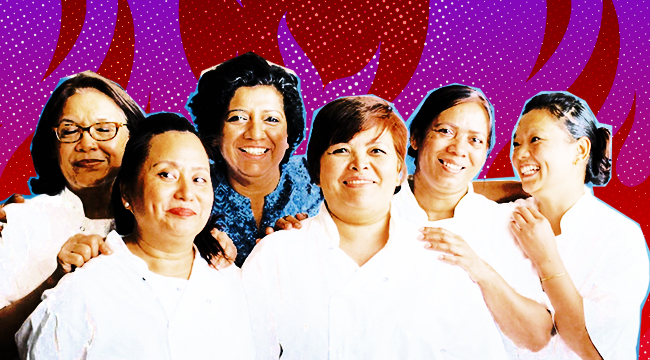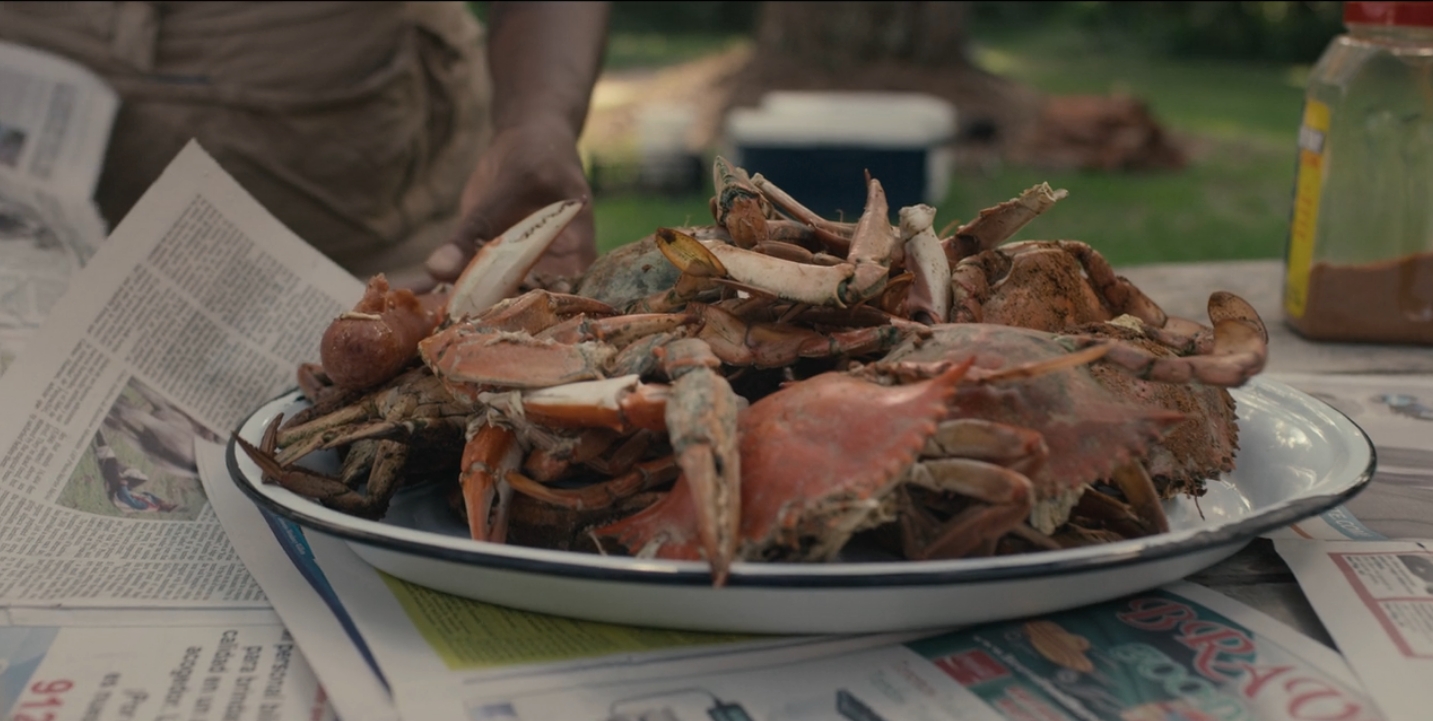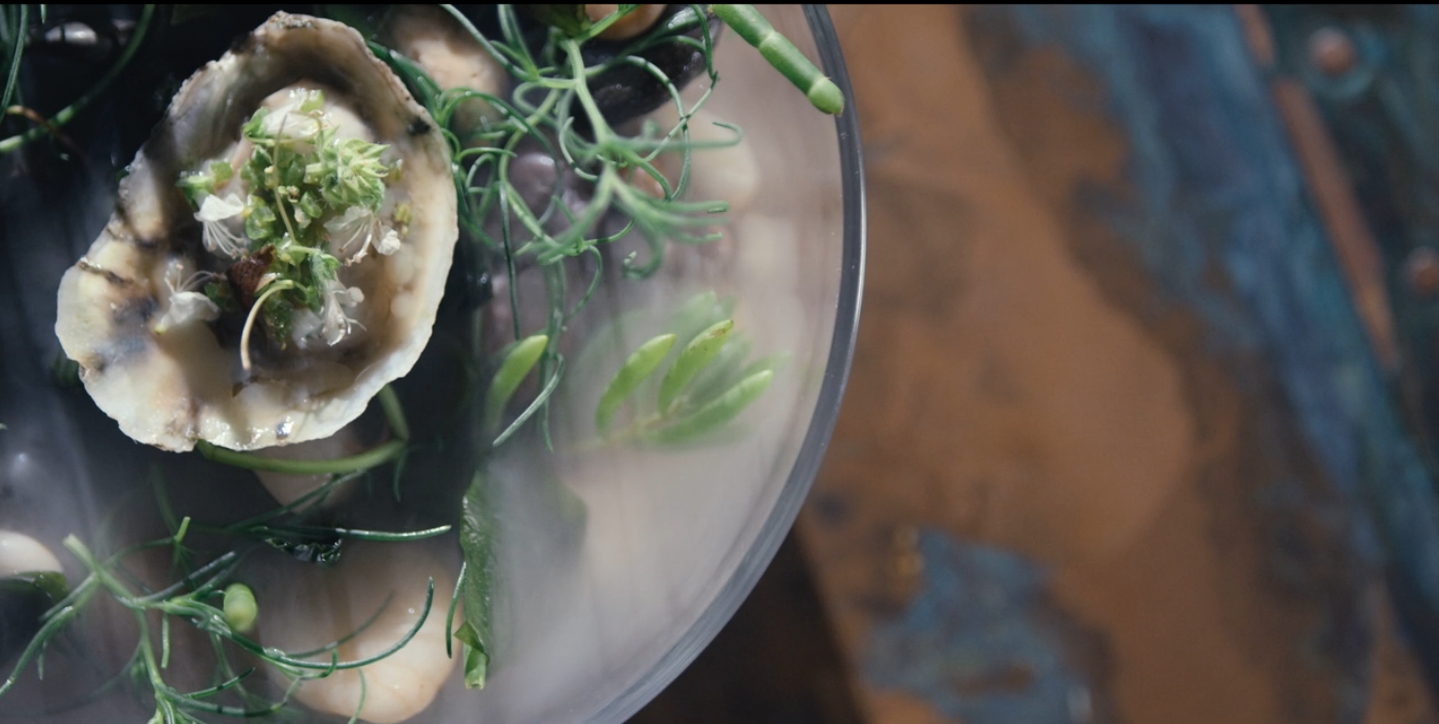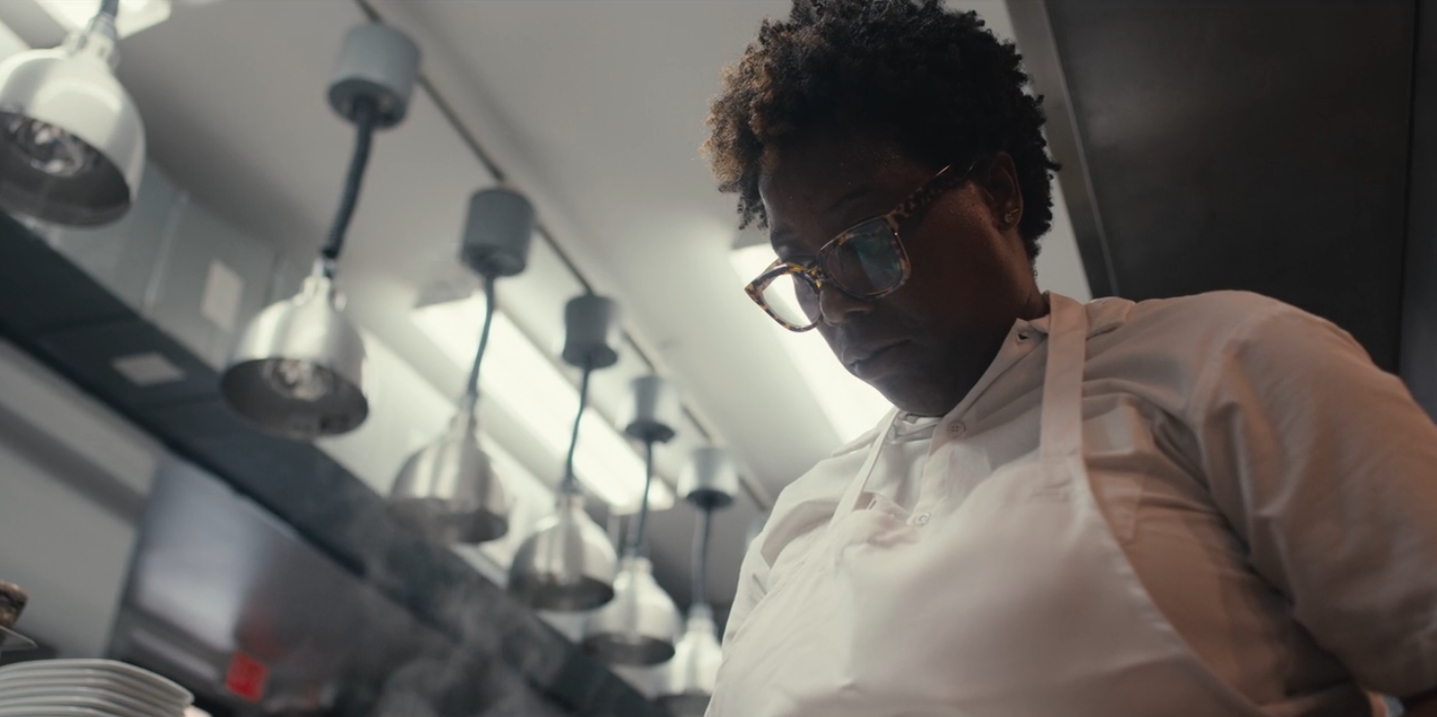
David Gelb’s Chef’s Table has come to define high-end food TV. Netflix bet hard on the prestige docudrama style of the show early on and it paid off. The first seasons were examinations of some of the biggest names in the game who, for various reasons (including the debatable cred of the World Restaurant Awards), skewed fairly white and European. Even in a magnificent episode about Argentine mastermind chef Francis Mallmann, the show still fell back on tropes of a white, European colonist “discovering” the ancient foodways of Indigenous Argentinians.
Before long, Chef’s Table was called out for its seemingly elitist gaze. Here are the facts: the first two seasons of the show featured three women (Niki Nakayama, Dominique Crenn, and Ana Roš) and three people of color (Niki Nakayama, Enrique Olvera, and Gaggan Anand) among 12 chefs featured. So it’s not like the production was purely white and male. But the message was clear to Gelb: Do better.
So he did.
Season five was a huge course correction for Chef’s Table — with Cristina Martinez (Indigenous American), Musa Dağdeviren (Turkish), Bo Songvisava (Thai), and Albert Adrià (Spanish) drawing focus. Gelb also added more of a cultural throughline, to help explain the origins of dishes. Extra research and new locations meant a slower cadence. The season was four episodes instead of six. But the added layer fit perfectly with our current political moment. Social constructs were examined in the thorough manner of a great documentary. Ideas on race, migration, and, of course, what food preparation and consumption mean to humanity were challenged. By the end of the season, it was clear: everyone’s favorite show about pretty food had evolved.

In season six, we enter the culinary world’s of Sean Brock, Asma Khan, Dario Cecchini, and Mashama Bailey. The core of the show — from that very first episode starring Massimo Bottura or even Gelb’s Jiro Dreams of Sushi — remains fully intact. But these days it’s less about the notion of a mad-genius chef with a singular vision and more about community, humanity, and humility. The focus on food is still there, but it’s less myopic.
The joy of season six is that every episode asks for more than great food. It wonders “why here?” “Why now?” “Why is this chef important?” Then Chef’s Table proceeds to answer those questions, without denying us our food porn fix. Savannah Chef Mashama Bailey and London Chef Asma Khan have the most powerful episodes of the new batch. Not so much because they’re women and people of color, or that there were women behind the camera in both cases, but because their episodes reveal real advances in the food scene. These are stories that need to be told and have been untold for too long. That translates to a certain narrative urgency that’s hard to achieve in prestige, un-hosted food TV.
Chef Bailey and her business partner John O. Morisano have taken a formerly segregated Greyhound bus terminal in Savanah, Georgia and transformed it into one of America’s best restaurants, The Grey. The idea of a Black American being able to reclaim such a vile moment in American history and turn that into a way to reconcile the past with the present through her own journey with food is legitimately tear-inducing. It’s masterful storytelling that means something to all Americans.
Then comes the iconic Chef Asma Khan. Khan’s story throws everything the show previously established about fine dining out the window. Her kitchen at Darjeeling Express is only staffed by migrant women from South Asia, all longtime friends of the chef. Khan’s origin story doesn’t start in the bowels of some French kitchen but at her home. Later, we see how she treats her restaurant as an extension of her family kitchen and hits every table to chat, joke, and connect with diners. This is a woman’s journey from homemaker to legend. A story of a great culinary entrepreneur who brought hard-working migrant women with her every step of the way.
Oh, and the food cooked by both Bailey and Khan looks outlandishly divine. These chefs are famous for good reason.

Next come the white males. Please hold your disdain. What we love about the recent seasons of Chef’s Table is the ability to scale down in scope as they scale up in significance. Episodes about non-chefs are always a highlight. This season’s non-chef episode goes to Dario Cecchini — a humble Italian butcher (who also recently appeared on Top Chef). The episode is an Italian dream, in which food, wine, olive oil, cheese, and beef fulfill your deepest food fantasies. There’s a real sense of wonder in witnessing how deeply someone can care about a single product. How they can strive endlessly to make that product shine.
Lastly, there’s Husk Chef Sean Brock. The episode is framed around Brock’s recent sobriety. It’s equal parts uplifting and harrowing. The episode also manages to face the great-white-chef-as-enfant-terrible cliché head on. Brock is painfully aware of that trope and how often he and others wallow(ed) in it. As such, Chef Brock’s episode is a shining example of how far Chef’s Table has come from that first season while still holding true to its core ethos of highlighting the people important to global foodways right now. The show feels new yet familiar; it’s comforting yet well aware of social and societal shifts.
In season six of Chef’s Table you still get all the visual flourishes that made the series famous. But the beauty of the food never overpowers the depth of the story. Where in the past, chefs were presenting their cooking philosophies, these days chefs share pieces of themselves. In a show about cooking, the four episodes do a great job letting their stars be raw.

The new season of Chef’s Table drops February 22nd, 2019 on Netflix.






